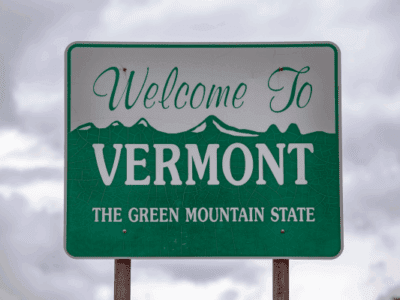Can “Social Risk Assessment” protect China’s environment?
I’ve just returned from a month in Qingdao, China, so this story in the New York Times caught my eye. China’s new leadership has announced that it will require a social risk assessment before any major industrial project can be begun. The idea is to forestall the increasingly violent environmental protests that have caused the cancellation of several recent projects. The story encapsulates for me some key differences between environmental policy in the US and in China — differences in goals, institutional context, and the role of public oversight.
The adoption of social risk assessment makes explicit what has long been a key distinction between the US and China in terms of the goals of environmental policy — the US has a series of substantive environmental goals, arrived at through our democratic process and implemented through our substantive environmental laws. China, lacking that democratic process, also lacks clear commitment to substantive environmental goals. China’s environmental goals (as Alex Wang explains in this forthcoming Harvard Environmental Law Review paper) are derivative of the Party leadership’s primary goals of encouraging economic growth and maintaining social stability. Essentially, China’s environmental goal is one of satisficing — it wants to protect the environment only if and to the extent that environmental protection is necessary to support economic development and maintain social stability. Social risk assessment more directly targets that goal than environmental impact assessment, so it’s understandable that China would move in that direction. The move seems odd, and perhaps even illegitimate, from a US perspective because our goals are different. We want to protect the environment for the wide variety of benefits it provides society as a whole, and in some cases because we view environmental health or integrity as valuable in themselves. We are uncomfortable with the ways that the National Environmental Policy Act, our environmental assessment law, can be used by NIMBY types to deflect environmental impacts from their neighborhood to others. A social risk-based policy seems to invite precisely that kind of “competition” to push development somewhere else, but that may be exactly what China’s leaders are looking for if their goal is to maximize economic development while keeping social unrest within tolerable limits.
Which brings us to the differences in institutional context and public participation. In the US, the projects that have triggered massive protests in China would have been subject to a public review process, not through NEPA but rather through air and water pollution permitting requirements. They would also be governed by at least reasonably clear standards requiring use of best available technology and forbidding violation of air or water quality standards. The public process serves to make decisionmakers aware of the extent and intensity of public opposition to the project; provides an opportunity for project proponents to explain any local benefits and highlight the controls being required; and at least in theory ensures that the project doesn’t cause unacceptable human health or environmental impacts. Of course we know those processes don’t work perfectly in the US — the environmental justice movement has shown us that poor or minority communities often end up bearing a disproportionate share of the pollution load. But it seems to roughly serve the purpose of China’s social risk assessment.
Indeed, I suspect the goal of social stability would be better served by adopting a more public process for environmental impact assessment and permitting, subject to clear, mandatory standards and backed up by a realistic prospect of enforcement by public officials or citizens. That would give the populace an alternative to violent protests, and would allow the public to identify their concerns openly. I find it hard to imagine quite how the social risk assessment process will work, absent that kind of public process and absent public confidence that complaints won’t bring on punishments like the confinement in informal “black jails” recently documented by NPR’s Frank Langfitt.
China’s new leaders may understand the difficulty of assessing public discontent without opening decisionmaking processes to public review and comment. At the same press conference where the social risk assessment requirement was announced, environment minister Zhou Shengxian also pointed out that China is now ordering government agencies to make environmental impact assessments publicly accessible on the internet. Perhaps that is a tentative step toward a more open process and a more positive role for the public in environmental policy.
I’d love to hear what our China experts (and readers) think about this development.
Reader Comments
2 Replies to “Can “Social Risk Assessment” protect China’s environment?”
Comments are closed.







Nice thoughtful post.
So China “wants to protect the environment only if and to the extent that environmental protection is necessary to support economic development and maintain social stability.”
I’m not sure how different that it is from the U.S. “want[ing] to protect the environment for the wide variety of benefits it provides for society as a whole.” Except maybe decisionmakers in the U.S. get to be more concerned with political stability than social stability.
The key difference is applicable to more than just environmental policy. Chinese people lack representative democracy. So they exercise direct democracy. Sometimes, if they can.
Nice thoughtful post.
So China “wants to protect the environment only if and to the extent that environmental protection is necessary to support economic development and maintain social stability.”
I’m not sure how different that it is from the U.S. “want[ing] to protect the environment for the wide variety of benefits it provides for society as a whole.” Except maybe decisionmakers in the U.S. get to be more concerned with political stability than social stability.
The key difference is applicable to more than just environmental policy. Chinese people lack representative democracy. So they exercise direct democracy. Sometimes, if they can.